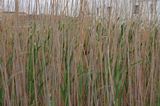Weaver species category
Choose different species category from drop-down list and press 'Go' button.Nuthatch (bark-gleaning) weavers
These weavers do not form a taxonomic clade, but do from a specilaised ecological group. These insectivorous weavers probe and search the bark crevices of trunks and branches of forest trees for concealed insects, insect eggs, and larvae such as caterpillars, and arthropods. The weavers generally crawl upwards on trunks. This foraging behaviour resembles that of the nuthatches (family Sittidae). The weavers are not similar in appearance, only in their feeding habits. Adaptations to this foraging method include a narrower bill and longer hind toe plus claw (Fishpool 2018a).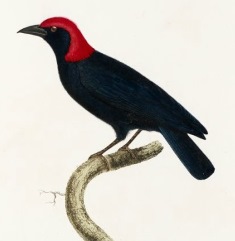
The term "nuthatch weavers" was first used by Chapin 1954a, for Preuss's Weaver and the Brown-capped Weaver. Hall 1970a listed the species below. The Yellow-capped Weaver was initially considered to be a nuthatch weaver, but observations show that it feeds in forest foliage. Several malimbes also feed on branches, but usually glean leaves, and only the Red-headed Malimbe climbs up tree trunks. Forest loving weavers that glean from leaves are not included in this grouping.
Bark-gleaning specialists:
Red-headed Malimbe Malimbus rubricollis
Sao Tome Weaver Ploceus sanctithomae
Bar-winged Weaver Ploceus angolensis
Brown-capped Weaver Ploceus insignis
Preuss's Weaver Ploceus preussi
Olive-headed Weaver Ploceus olivaceiceps
Usambara Weaver Ploceus nicolli
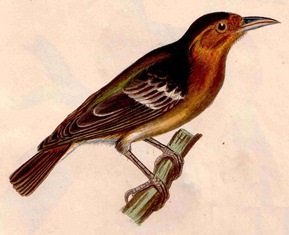
|
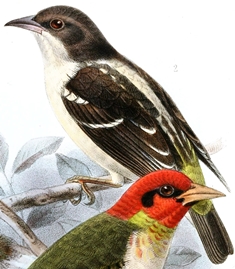
|
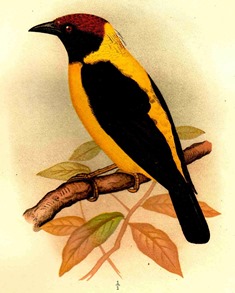
|

|
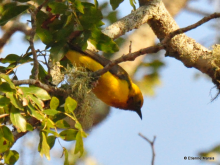
|
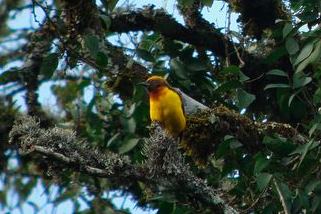
|








